The Volgo-Vyatka economic region includes 5 administrative entities. The Nizhny Novgorod region is considered to be the central one. Various large industrial enterprises... In addition to the Nizhny Novgorod region, the Volgo-Vyatka economic region includes the Republics of Mari El, Chuvash and Mordovia, as well as the Kirov region.
The military strategic position of the Volgo Vyatka region
There can be no doubt that the most original and delightful churches in the city were built by the Stroganovs in the nascent Baroque style. Of these, the Nativity Church of the Virgin adorns one of the central streets, and the Church of Our Lady of Smolensk has been preserved in the suburb of Gordeevka, where the Stroganov Palace once stood.
The city has many industrial suburbs such as Kstovo, Dzerzhinsk and Bor. The city of Semenov, north of Nizhny Novgorod, is known as a craft center for Khokhloma wooden painting. Another suburb, Balakhna, is distinguished by its medieval architecture.
Industry volumes
As mentioned above, the Nizhny Novgorod region acts as the production center of the region. Machine-tool building, automobile building, diesel building, shipbuilding and other industrial enterprises operate here. At the same time, there is a decrease in the share of the region in the economic sector of the region. This is due to the advancing rates of industrial development in the republics. So, in Chuvashia, electrical engineering and instrument making were intensively formed, in Mordovia - rubber, cement, lighting production, in Mari El - radio electronics. Second place in the region in terms of volume industrial production occupies the Kirov region. The key ones here are mechanical engineering, including electronic, machine tool construction. Food, chemical, pulp and paper, woodworking, forestry industries are well developed in the region, factories for the manufacture of household appliances are operating.
Mari El
In this republic, industry occupies a central place in the economic complex. The share of mechanical engineering is 1/4 of the total production volume. In this industry, knowledge-intensive and complex areas have the greatest weight. These include, in particular, radio electronics, instrument making. The Republic of Mari El produces over 60% of all Russian commercial refrigeration equipment. Timber, pulp and paper, woodworking industries together account for about 13% of the total industrial volume. 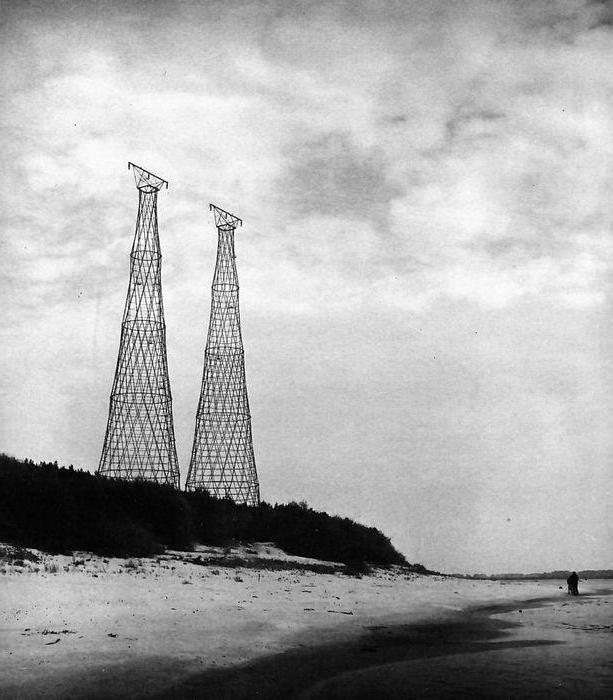
Mordovia
This republic is considered an industrial-agrarian one. As well as industrial sectors, here agriculture became widespread. Mechanical engineering is considered a key manufacturing industry. It accounts for more than half of the total volume of industry. The most developed branches of mechanical engineering include lighting engineering, instrument making, and semiconductor production. The food industry provides large production volumes.
Chuvashia
Mechanical engineering in the republic occupies more than 1/3 of the total production. Bulldozers and electric loaders are produced in Chuvashia. The largest enterprises include Promtractor JSC. This is the only plant in the Russian Federation and all of Europe for the production of powerful multi-profile tractors. The technique is used in the gas, coal and gold mining industries. Well developed in Chuvashia chemical, food production, light industry.
Volgo-Vyatka economic region: characteristics
According to the development plan for the coming years, it is planned to actively invest in the industrial centers of the region. One of them, in particular, is successfully working in Mordovia. The Saransk-Ruzaevsky junction was formed in the republic on the basis of instrument-making, lighting and other enterprises. In Chuvashia, the formation of the complex was due to the construction of a chemical plant and a tractor plant. In Mari El, the Volga node was developed on the basis of different types mechanical engineering and woodworking. 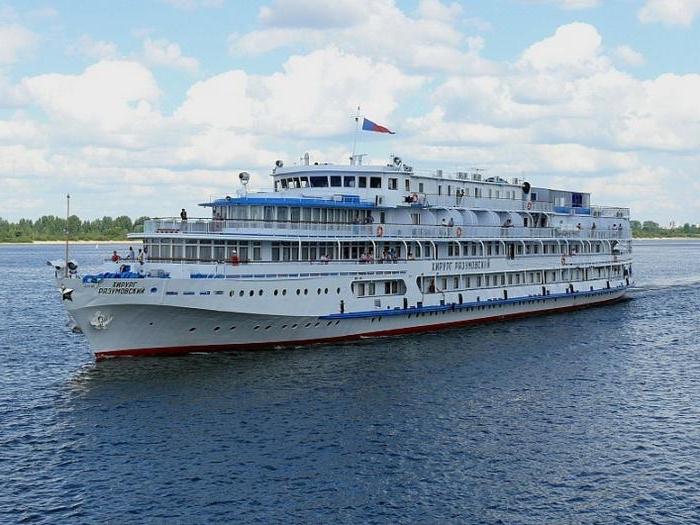
Foreign investment
Despite the significant development of the industry of the republics included in the Volgo-Vyatka economic region, the characteristics of the social sphere leaves much to be desired. There is a significant gap between the economic development of large centers and the quality of life. national entities, Kirov and Nizhny Novgorod regions. The formation of market structures is not taking place actively enough. However, there has been a positive impact of foreign investment and the expansion of the export and import sector. Cooperation between Chuvashia and Germany, for example, facilitated the construction of a new plant for the production of seat belts for cars. This enterprise is located in the city of Alatyr. Today, production is considered the only one not only in the Russian Federation, but also in all CIS countries. This plant made it possible to eliminate the dependence of domestic car manufacturers on foreign suppliers. Foreign investments contributed to the development of the Cheboksary plant for the production of building materials (SANTEK JSC). Cooperation with foreign enterprises stimulated the expansion of the economic sphere not only in a separate republic, but throughout the region. 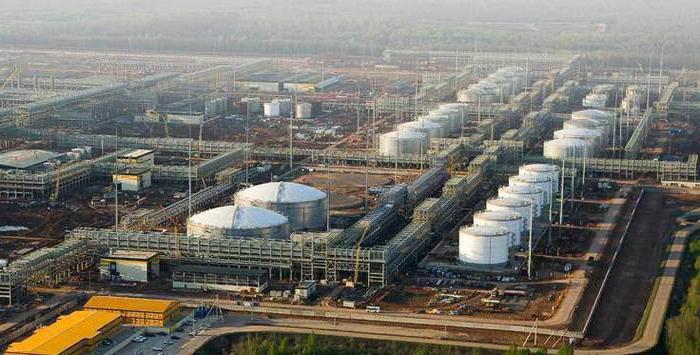
EGP of the Volgo-Vyatka economic region
According to the plan of the western part of the region, it is possible to establish its similarity with the center of the Russian Federation. The climate of the southern part is similar to the conditions of the Central Black Earth Region. The area of the entire territory is 263 thousand square meters. km. The Volgo-Vyatka economic region is located in the center of the European part of the country. The region is located in the basins large rivers... They are Volga and Vyatka. Hence, in fact, the name of the region. EGP Volgo-Vyatsky the economic region at the intersection of the railway lines that connect the North-West and the Center, the Urals and the Volga region, provides favorable conditions for the active development of the economic sector.
Natural resources of the Volgo-Vyatka economic region
The climate of the region is temperate continental. A forest is spread throughout the territory. Own Natural resources Volgo-Vyatka economic region does not differ in large volumes. In the Kirov region, for example, there are building materials, peat, phosphorites. The territory is covered with forests, which contributes to the active development of the woodworking industry. The water resources of the Volgo-Vyatka economic region are of great importance for the development of production and agriculture.
Inhabitants
The Volgo-Vyatka economic region is inhabited by about 5.7% of people. The total number for 2001 is 8.2 million. The demographic situation in 2000 was characterized by a natural decrease (about 8 people / 1000). The decline was especially high in the Nizhny Novgorod region. In addition, positive migration took place. In Nizhny Novgorod in the period from 2007 to 2009. due to a decrease in mortality and an increase in the birth rate, it decreased by 30%. The density is 32 people / sq. km. Uneven settlement is noted within the region. Most of the people live in Chuvashia and the Nizhny Novgorod region. In the Kirov region. population density is minimal. About 70% of citizens live in cities. Kirov and Nizhny Novgorod regions differ the most high level urbanization (about 71%). In the rest of the territory, its figure reaches 60%. 
Features of employment of the population
Considering geographical position Volgo-Vyatka economic region, it is necessary to note the specifics of settlement, depending on the development of a particular economic sphere. Thus, the rural population predominantly lives in Mari El, Chuvashia, Mordovia. It forms a reserve of the urbanization process taking place in the region, ensuring the redistribution of employment to industry and other branches of material and non-material production concentrated in cities.
Branches of specialization
The key ones are formed due to the beneficial EGP of the Volgo-Vyatka economic region. The main branches of specialization include mechanical engineering, timber and chemical industries. Automotive and shipbuilding is of key importance. Non-metal-consuming machine building (electrical engineering) and machine tool building make a great contribution to the development of the region's economy. In addition to the convenient position occupied by the Volgo-Vyatka economic region, the characteristics of the development of the region are formed from the historically formed industrial base of Nizhny Novgorod. In particular, the Sormovo plant was considered one of the largest in the country even before the revolution. Undoubtedly, this is the result of the influence of significant labor reserves, large reserves of water and forests. At the same time, the EGP of the Volgo-Vyatka economic region does not allow the formation of a sufficient raw material and energy base. The production volume and product range are significantly inferior to those of the Central Region. The Volgo-Vyatka economic region, in short, focuses on imported fuel and raw materials from the Volga region, Western Siberia and the Urals. 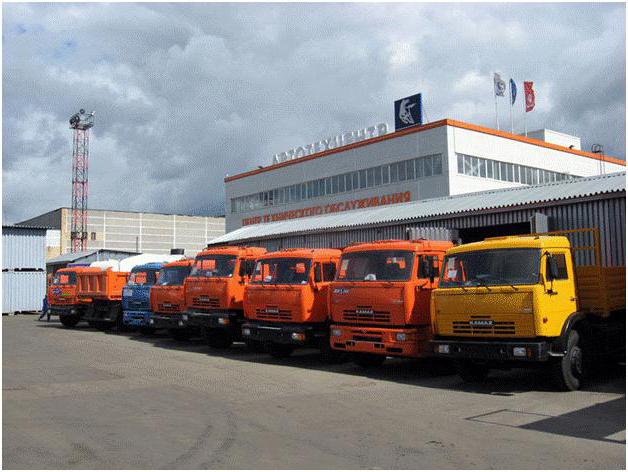
Mechanical engineering
It is represented by shipbuilding and automotive enterprises, factories for the production of radio technical products, tools, instruments, equipment for woodworking and chemical industry... Half of the region's working-age population is employed in mechanical engineering. The car plant in Nizhny Novgorod interacts with related enterprises and has branches in Pavlov and Saransk. Machine-building plants were created in Cheboksary and Kirov. They produce heavy tractors, tractors, all-terrain vehicles, bulldozers. Saransk enterprises produce electric, quartz, arc and mercury lamps. The Krasnoye Sormovo plant in Nizhny Novgorod previously produced river icebreakers and hydrofoil vessels. Since the Volga-Vyatka economic region of Russia is not rich in its own raw materials, mechanical engineering is served to a greater extent through the supply of materials from the Urals.
Chemical industry
The EGP of the Volga-Vyatka economic allows the active development of this industrial sector in the region. Chemical production is considered one of the key sectors of the economy. The main production center is Dzerzhinsk. It produces nitrogen fertilizers, plastics, synthetic resins, sulfuric acid and other products. A large refinery is located in Kstovo. A pipeline from Almetyevsk is connected to the city.
Woodworking industry
The successful EGP of the Volgo-Vyatka economic region is formed due to the presence of huge tracts of forest. Woodworking enterprises produce lumber, furniture, matches. Pulp and paper mills operate on the Volga. The largest of them is the enterprise in Balakhna. Pulp and paper mills also operate in Volzhsk and Pravdinsk. 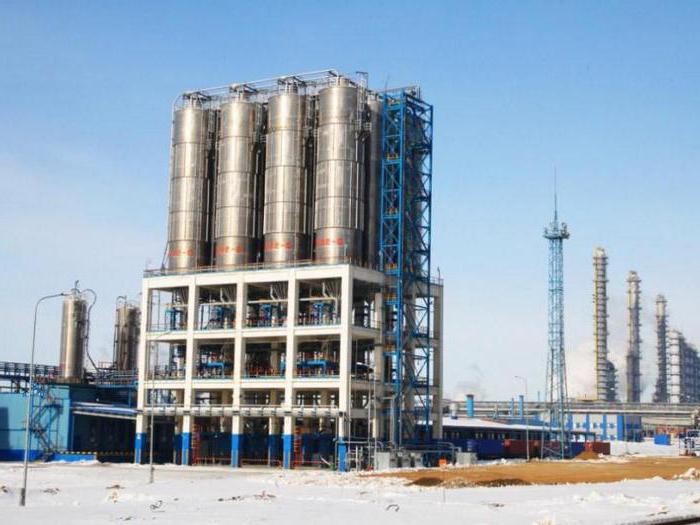
Agroindustrial complex
The agro-industrial complex is represented by agriculture and animal husbandry. Agricultural production is considered diversified, but it is able to only partially meet the needs of the region. Livestock breeding plays a key role. For breeding livestock, natural pastures and meadows along river valleys are used. Cattle, pigs and sheep are raised here. Agriculture is also well developed in the region. Potatoes, grain and industrial crops are grown in the Volgo-Vyatka region.
Fuel and energy complex
The fuel and energy complex uses its own resources - water and peat. There are two hydroelectric power plants in the region - Cheboksary and Nizhegorodskaya. However, gas and oil are of key importance for the region. They enter the territory from Western Siberia and the Volga region. Coal resources are also important. They are supplied by the Kuznetsk and Pechora basins. Most of the electricity is generated by CHP plants. The largest stations are located in Dzerzhinsk, Nizhny Novgorod, Balakhna.
Transport
It cannot be said that there is a dense network in the region. However, the most important highways and railways pass through the territory of the region. They connect the eastern and western parts of the country. A large transport artery region is r. Volga. Passenger and cargo shipping is well developed here.
V composition of the Volgo-Vyatka economic region include the Mari, Mordovian and Chuvash republics, the Nizhny Novgorod and Kirov regions.
By area (265 thousand km 2) Volgo-Vyatsky district can be called small.
Volgo-Vyatsky district is in the east Central Russia in the center of the Western Economic Zone. This is the only region that has an inland and inland geographical position, which ensures its military-strategic security.
In the west, the Volgo-Vyatka region borders on the Central, in the north - on the North, in the east - on the Urals and in the south - on the Volga economic regions. Location in Central Russia, location on the Volga, at the intersection of various transport routes from the Center to the Volga region and to the Urals and to the Siberian economic-geographical the position is very advantageous.
The Volgo-Vyatka region is the most resource-deficient among the regions of Russia. Fuel resources represented only by peat (Nizhny Novgorod region). Ore- absent at all. The largest field in the European part of Russia is located in the north of the Kirov region. phosphorites(Rudnichny). The main treasures of the region are forest(Kirov region) and aquatic(Volga and Vyatka) resources.
Population Volgo-Vyatka economic region is over 7 million people. With an average density of about 30 people per 1 km 2, the population is distributed over the territory of the district rather unevenly: most of the population lives in the south of the district, the north is relatively poorly populated (Kirov region).
As in all of Russia, the region is characterized by the first (modern) type of population reproduction, and at present there is a natural decline in the population, the predominance of women and a gradual aging of the population. Material from the site
The main feature of the population is its multi-ethnic (Russians, Mari, Mordovians, Chuvash), but one-religious (Orthodox) composition.
More than 70% of the population lives in cities, and the city-millionaire Nizhny Novgorod is clearly distinguished, second only in terms of population to Moscow, St. Petersburg and Novo-Siberian. Others major cities areas are Yoshkar-Ola, Saransk, Cheboksary, Kirov, Arzamas.
On this page material on topics:
Attractions volgo-vyatsky district geographical location
Volgovyatsk region military strategic position
The military strategic position of the Volgo Vyatka region
The military-strategic position of the Volgo-Vyatka region
Volgo-vyatka district position of the district on the territory of the state
Questions about this material:




